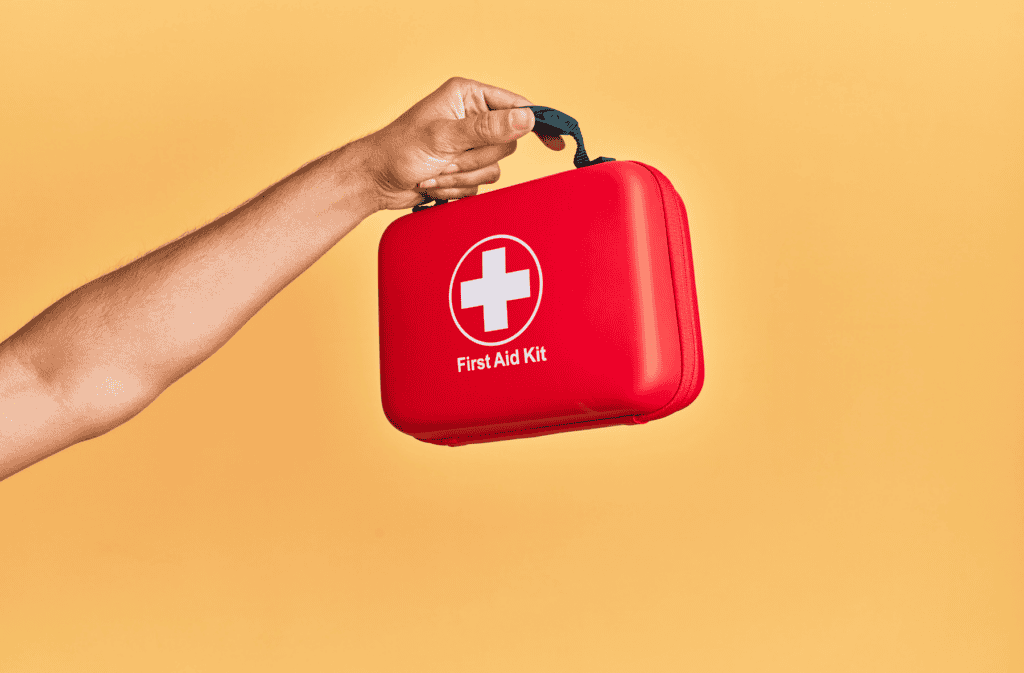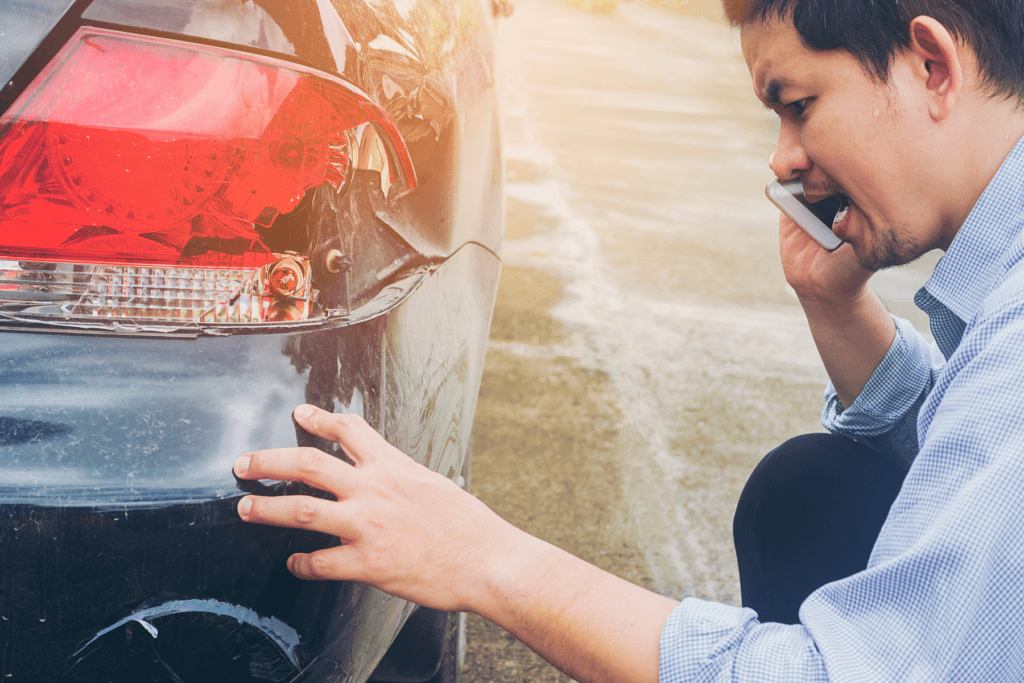In today’s fast-paced world, being prepared for unforeseen circumstances on the road is paramount. Whether you’re embarking on a long journey or simply commuting to work, unexpected emergencies can arise at any moment. From minor inconveniences like a flat tyre to more serious incidents such as accidents, having the right tools and supplies readily available can make all the difference in ensuring your safety and that of your passengers.
One of the most effective ways to prepare for roadside emergencies is by assembling a well-stocked car emergency kit. This kit should contain a variety of essential items to help you address a range of situations, from minor mechanical issues to medical emergencies. Each item serves a specific purpose and can be invaluable in times of need.
Having a well-prepared emergency kit in your car is not just a matter of convenience; it’s a matter of safety. In the event of a breakdown, accident, or other roadside emergency, having the right tools and supplies on hand can mean the difference between a minor inconvenience and a major crisis. By taking the time to assemble and maintain a car emergency kit, you can travel with confidence knowing that you’re prepared for whatever the road may throw your way.
First Aid and Safety Items for Car Emergency Kit
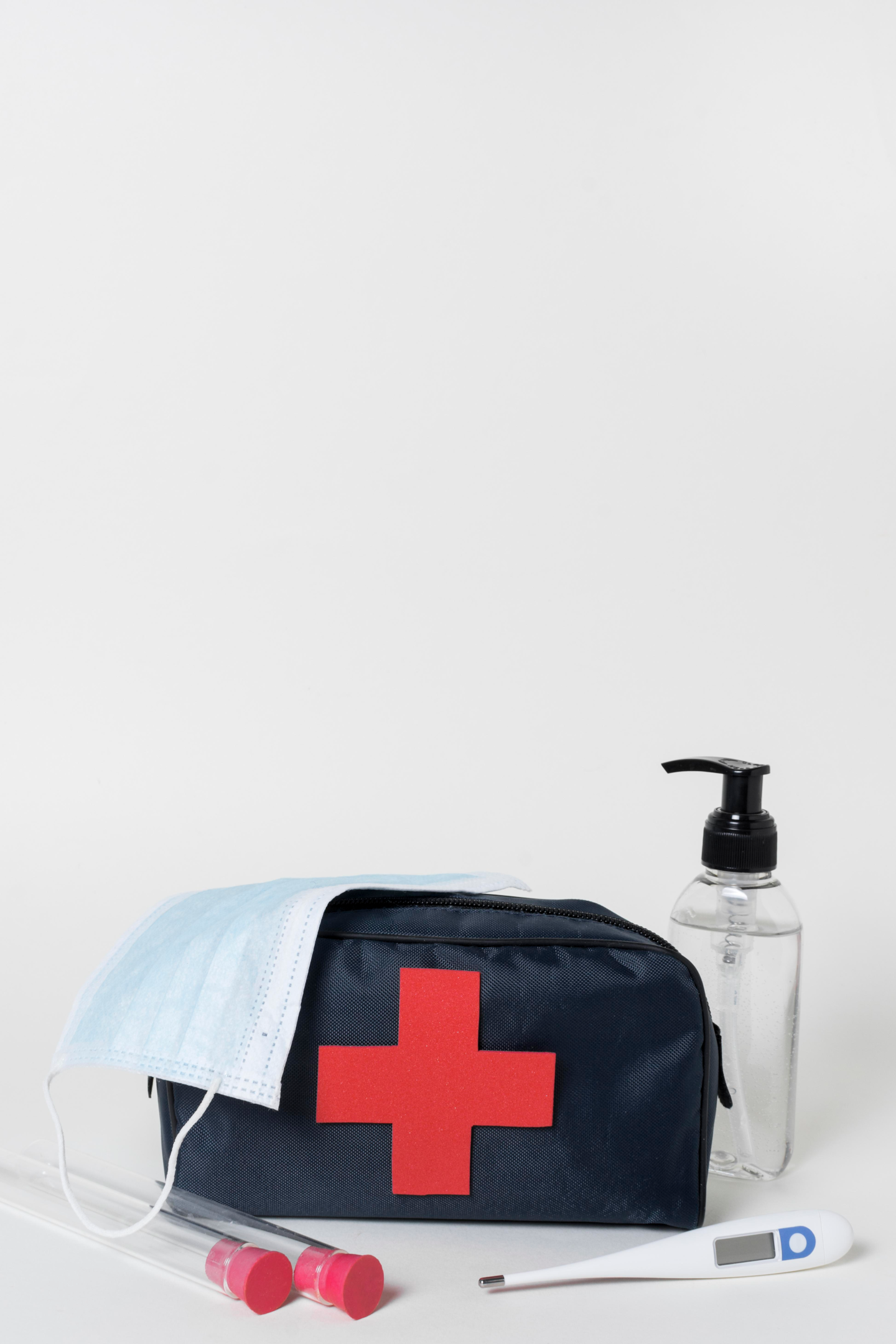
1. First Aid Kit
A comprehensive first aid kit should include essential items such as bandages, gauze pads, adhesive tape, antiseptic wipes, scissors, tweezers, and pain relievers. These items are crucial for addressing minor injuries and providing immediate medical assistance in emergencies.
Regularly checking the expiration dates of the items in your first aid kit is essential to ensure their effectiveness when needed. Expired medical supplies may not provide the intended level of treatment and could potentially worsen injuries or infections. By routinely inspecting and replacing expired items, you can maintain a reliable first aid kit that is always ready for use.
2. Reflective Triangles or Flares
Reflective triangles or flares play a vital role in alerting other drivers to your presence in the event of a breakdown or accident. Placing these warning devices a safe distance behind your vehicle helps to increase visibility and reduce the risk of further accidents by alerting oncoming traffic to proceed with caution.
Proper placement of reflective triangles or flares is crucial for effectively warning oncoming traffic. It is recommended to place them at least 50-100 feet behind your vehicle on the same side of the road and in the direction of approaching traffic. Additionally, positioning them in a triangular formation enhances their visibility from different angles, further increasing their effectiveness as warning signals.
3. Fire Extinguisher
Having a fire extinguisher in your car can be critical for quickly extinguishing small fires that may occur during emergencies, such as engine fires or electrical malfunctions. A fire extinguisher provides an immediate means of response, helping to prevent the spread of fire and minimise damage to your vehicle and belongings.
It is essential to ensure that your fire extinguisher is in working order and easily accessible in case of an emergency. Regularly inspecting the pressure gauge, seal, and nozzle of the extinguisher helps to confirm its readiness for use. Additionally, storing the fire extinguisher in a secure and easily reachable location, such as under the driver’s seat or in the trunk, ensures quick access when needed most.
Tools and Equipment
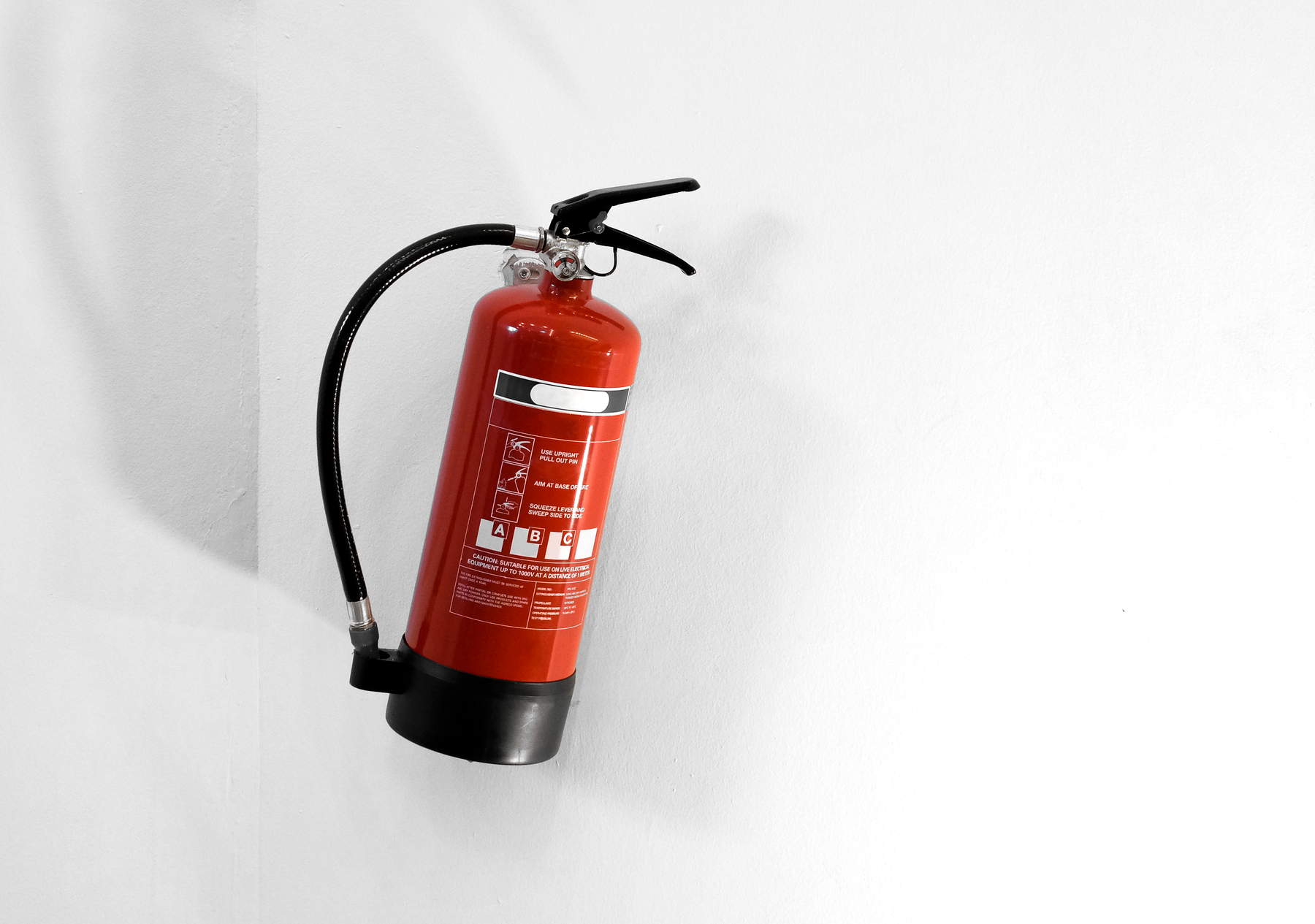
4. Jumper Cables
Jumper cables are indispensable tools for jump-starting a car battery when it has become discharged. To use them effectively, park a working vehicle close enough to your car so that the jumper cables can reach both batteries. First, attach the red positive clamp to the positive terminal of the dead battery, then attach the other red positive clamp to the positive terminal of the working battery. Next, attach the black negative clamp to the negative terminal of the working battery, and finally, attach the other black negative clamp to an unpainted metal surface on your car’s engine block. Start the working vehicle and let it run for a few minutes to charge the dead battery, then attempt to start your car. Once your car is running, carefully disconnect the jumper cables in the reverse order.
The length and condition of jumper cables are crucial for their effectiveness and safety during use. Longer cables allow for more flexibility in positioning the vehicles, making it easier to reach the batteries even if the vehicles are parked apart. Additionally, ensuring that the cables are in good condition, with no fraying or exposed wires, is essential to prevent electrical hazards and ensure a secure connection between the batteries.
5. Multi-Tool or Swiss Army Knife
A multi-tool or Swiss Army knife is a versatile and compact tool that can be invaluable in emergencies. With its various built-in tools and functions, a multi-tool offers practical solutions to a wide range of situations. From cutting seatbelts to opening packages and performing minor repairs, its versatility makes it a must-have item in any car emergency kit.
Common tasks that a multi-tool can assist with include cutting seatbelts in the event of an accident to free trapped occupants, tightening loose screws or bolts, and opening stubborn packaging to access supplies or tools. Its compact size allows it to be easily stored in a glove compartment or seat pocket, ensuring quick access when needed most.
Survival Essentials

6. Blanket
Staying warm is crucial, especially in cold weather conditions, as exposure to low temperatures can lead to hypothermia. A blanket in your car emergency kit can provide insulation and comfort, helping to retain body heat and prevent heat loss. Whether you’re stranded on the side of the road or waiting for assistance in cold weather, having a blanket can make a significant difference in your survival and well-being.
A good emergency blanket should be durable and insulating to effectively retain body heat. Look for blankets made from materials such as Mylar or fleece, which are lightweight yet effective at trapping heat. Additionally, consider opting for a compact and waterproof blanket that can withstand harsh weather conditions and provide reliable protection in emergencies.
7. Bottled Water and Non-Perishable Snacks
Staying hydrated and nourished is essential for maintaining energy levels and cognitive function during emergencies. Bottled water and non-perishable snacks should be included in your car emergency kit to provide sustenance until help arrives. In the event of a breakdown or accident, access to clean drinking water and nutritious snacks can help keep you and your passengers comfortable and alert while waiting for assistance.
When choosing non-perishable snacks for your emergency kit, opt for options that are high in protein, carbohydrates, and healthy fats to provide sustained energy. Granola bars, nuts, dried fruit, and trail mix are excellent choices that are compact, lightweight, and easy to store. Be sure to regularly check and replace expired snacks to ensure their freshness and effectiveness in times of need.
8. Portable Phone Charger
In today’s digital age, staying connected during emergencies is crucial for accessing help and communicating with emergency services or loved ones. A portable phone charger is a vital component of any car emergency kit, ensuring that your phone battery remains charged even if you’re stranded for an extended period.
Ensure that your portable phone charger is fully charged and ready for use before embarking on your journey. Keep it stored in your car emergency kit along with the necessary charging cables to ensure quick and convenient access. Regularly check the charger’s battery life and recharge it as needed to maintain its functionality in emergencies.
Additional Considerations
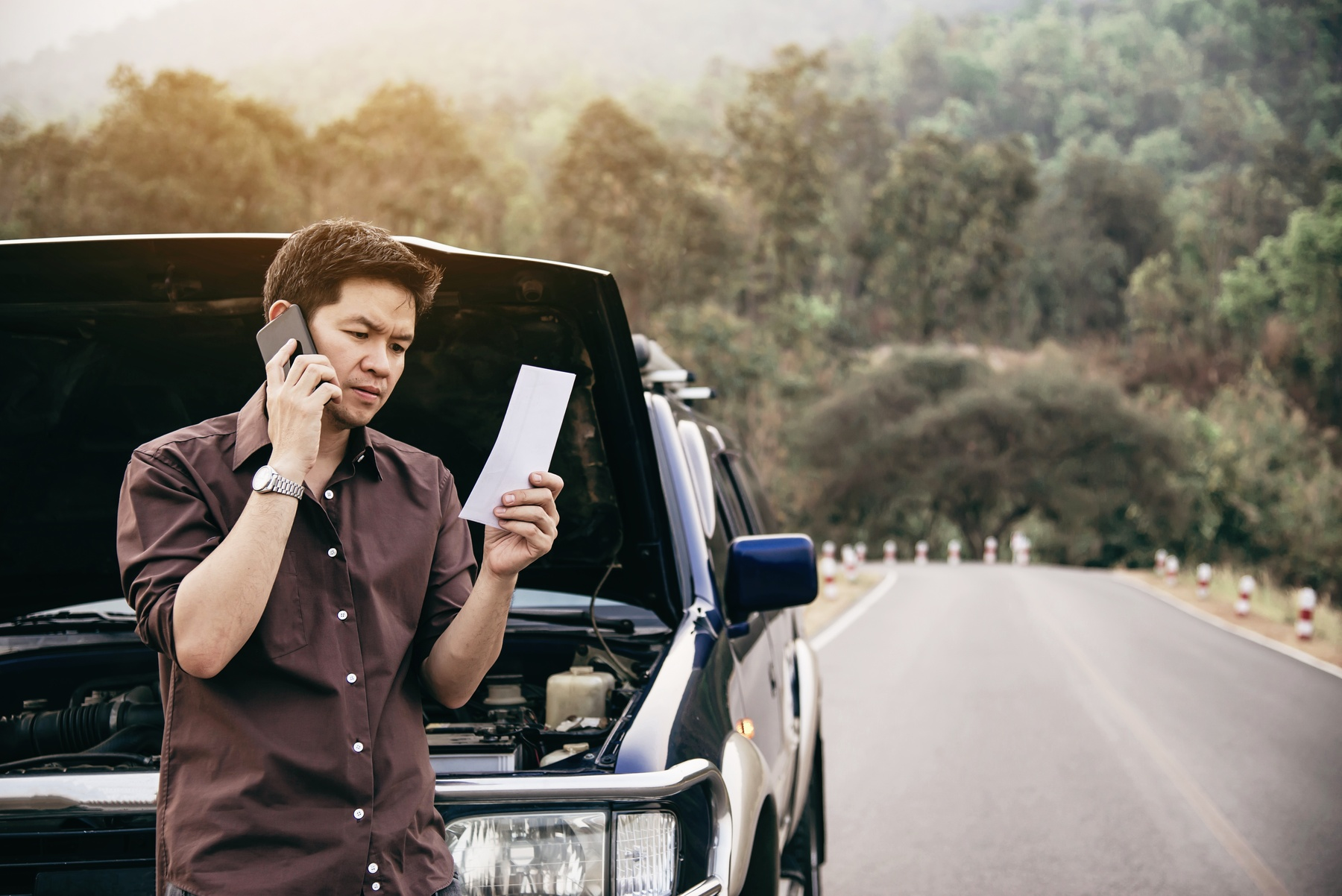
9. Roadside Assistance Information
Having contact information for roadside assistance services or your insurance provider readily available in your car emergency kit is essential for quick access to help when needed. In the event of a breakdown, accident, or another roadside emergency, having this information easily accessible can expedite the process of getting assistance, minimizing the time spent stranded on the road.
To quickly access roadside assistance services, store the contact information in a readily accessible location within your vehicle, such as the glove compartment or the visor. You can also save the contact details in your phone or write them down on a card and keep it in your wallet. Additionally, familiarise yourself with the procedures for contacting roadside assistance and be prepared to provide essential information such as your location and vehicle details when requesting assistance.
10. Storage and Maintenance
When storing the emergency kit in your car, choose a location that is easily accessible yet secure to prevent it from becoming a hazard during sudden stops or accidents. The trunk or under a seat are common storage areas that offer both accessibility and security. Ensure that the emergency kit is stored beneath other items to prevent it from shifting or sliding around while driving.
Regular checks and replenishment of kit contents are essential to ensure that the emergency kit remains effective in times of need. Schedule routine maintenance checks, at least twice a year or before embarking on a long journey, to inspect the condition of items and replace any expired or used supplies. Keep a checklist of the kit contents and mark off items as they are checked or replenished to maintain an organised and up-to-date emergency kit.
Introducing CGPP for Crash Repair Assistance
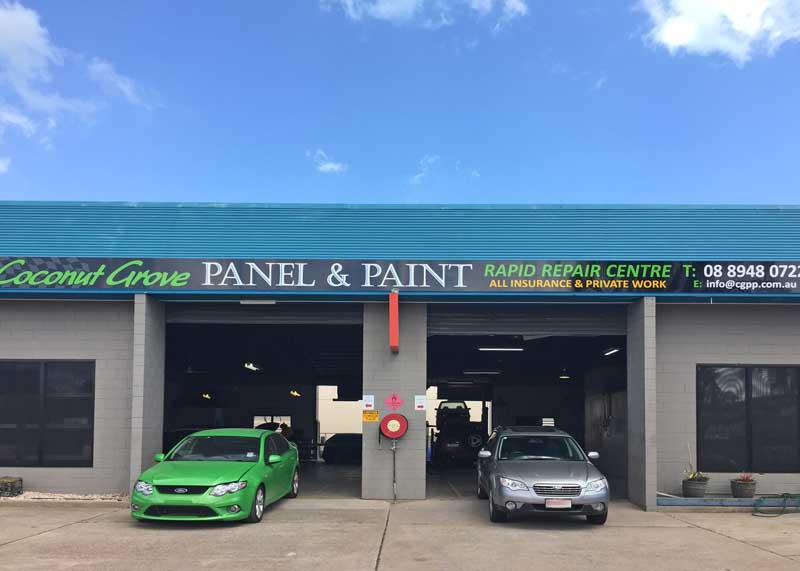
In the unfortunate event of a car accident, the need for reliable crash repair services becomes paramount. From minor dents and scratches to major structural damage, accidents can leave vehicles in various states of disrepair. This underscores the critical importance of finding trusted panel beaters who can provide quality work to restore damaged vehicles to their pre-accident condition and ensure the safety of drivers and passengers on the road.
Challenges Faced During Roadside Emergencies
Roadside emergencies present a myriad of challenges for drivers, from navigating through oncoming traffic to dealing with the aftermath of an accident. In these stressful situations, quick and effective assistance is essential. However, finding reputable panel beaters who can perform quality repairs in a timely manner can be challenging, particularly in remote areas or during adverse weather conditions.
How CGPP (Coconut Grove Panel & Paints) Provides Quick and Reliable Repairs
As a well-established panel beater in Darwin, CGPP (Coconut Grove Panel & Paints) is not only equipped to perform crash repairs but also to assist drivers in connecting with other reputable panel beaters for additional repair needs. By leveraging its extensive network and expertise in the industry, CGPP can provide recommendations and referrals to trusted partners when necessary, ensuring that drivers receive the highest standard of care and attention for their vehicles.
Providing Access to Trusted Panel Beaters
CGPP (Coconut Grove Panel & Paints) serves as a valuable resource for car owners in Darwin, offering access to a network of reputable panel beaters who can deliver quality workmanship and customer service. Whether it’s minor repairs or extensive damage, CGPP is committed to assisting drivers in finding the right solutions for their repair needs, ultimately providing peace of mind and satisfaction during challenging times.
Conclusion
In summary, assembling a well-prepared car emergency kit is crucial for ensuring safety and preparedness on the road. Key items include a first aid kit, jumper cables, flashlight, reflective triangles or flares, blanket, multi-tool or Swiss Army knife, bottled water and non-perishable snacks, portable phone charger, basic toolkit, and roadside assistance information. These items cater to a range of potential emergencies and are vital for staying safe and comfortable until help arrives.
Preparedness is essential for every driver, regardless of the distance or route. Having a well-stocked emergency kit in your car provides peace of mind, knowing that you’re equipped to handle unexpected situations on the road. Whether it’s a minor inconvenience or a major emergency, being prepared can make all the difference in ensuring your safety and that of your passengers.
As you embark on your journeys, I encourage you to assemble and maintain an emergency kit in your car. Regularly checking and replenishing its contents ensures that you’re always prepared for whatever the road may bring. By taking proactive steps to ensure your safety and preparedness, you can travel with confidence, knowing that you’re equipped to handle any unforeseen circumstances that may arise.
Remember, safety comes first, and having a well-prepared emergency kit is an essential step towards safe and enjoyable travels. Stay safe and happy travels!
Frequently Asked Questions (FAQs)
- What should I do if I encounter minor injuries while on the road?
- It’s crucial to have a first aid kit in your car emergency kit. However, for more severe injuries, it’s essential to seek medical assistance promptly.
- How can I ensure my car remains in working order during an emergency?
- Regular maintenance checks and carrying essential tools in your car kit can help ensure your vehicle remains in working order during emergencies.
- Are roadside emergencies common in remote areas?
- Yes, roadside emergencies can occur anywhere, including remote areas. It’s important to be prepared for unexpected situations no matter where you’re driving.
- Should I include a hi-vis safety vest in my emergency kit?
- Yes, a hi-vis safety vest can be crucial for visibility and safety, especially if you need to exit your vehicle on a busy road or in low-light conditions.
- What should I do if I have a flat tyre and no spare tyre?
- It’s advisable to include a spare tyre in your car emergency kit. However, if you don’t have one, having a tyre repair kit or roadside assistance information can help you address the issue.
- How can I protect my car battery during cold weather?
- Cold weather can affect car batteries. Keeping your battery in good condition and carrying jumper cables in your emergency kit can help address battery-related issues.
- Should I include an ice scraper in my emergency kit?
- Yes, an ice scraper can be invaluable for removing ice and snow from your car windows during cold weather, ensuring visibility and safety.
- What steps should I take if I encounter opportunistic thieves during a roadside emergency?
- If you feel unsafe or threatened by opportunistic thieves, it’s essential to prioritise your safety. Stay inside your vehicle, lock the doors, and contact emergency services or roadside assistance for help.
- What should I do if my car breaks down in a remote area without cellphone reception?
- If you find yourself in a remote area without cellphone reception, try to attract attention to your vehicle using reflective triangles or flares, and wait for help to arrive. If possible, use a satellite phone or emergency beacon to call for assistance.

